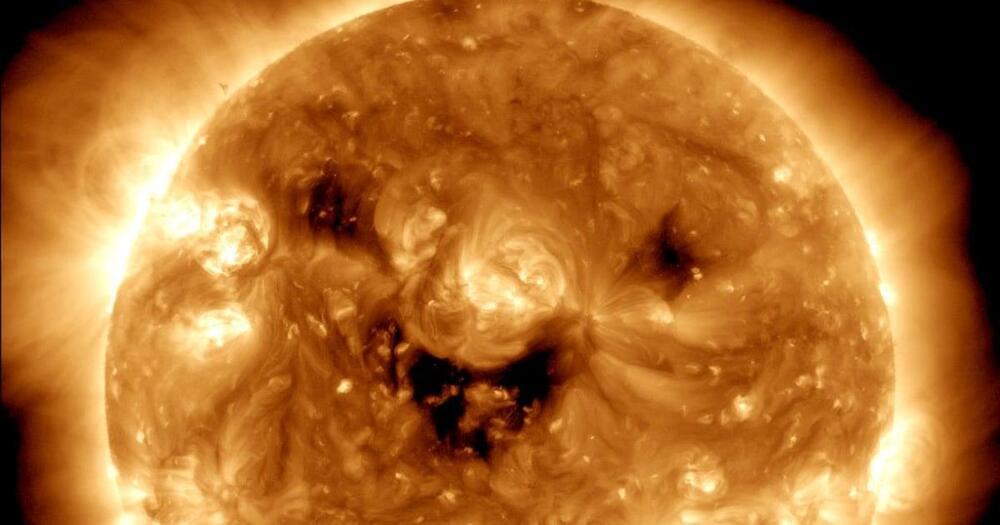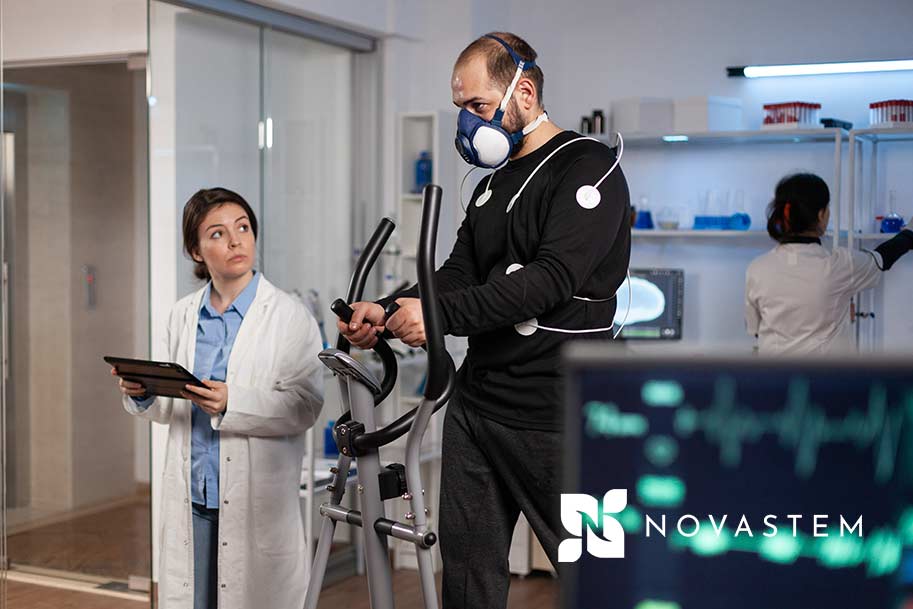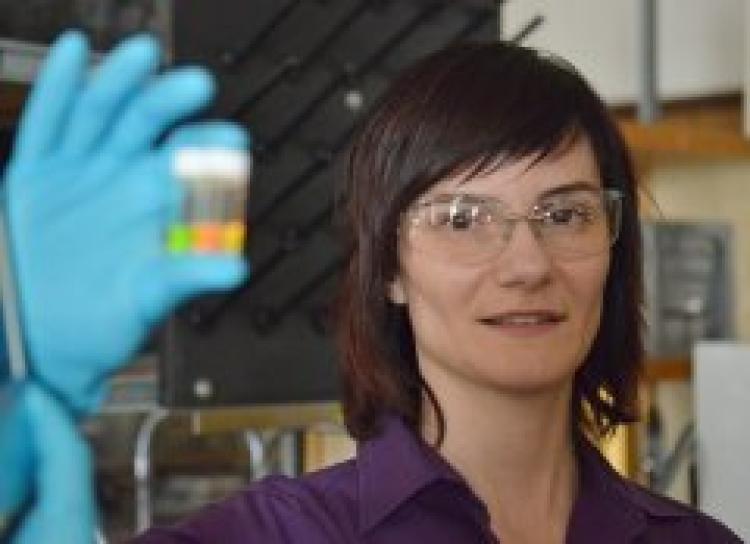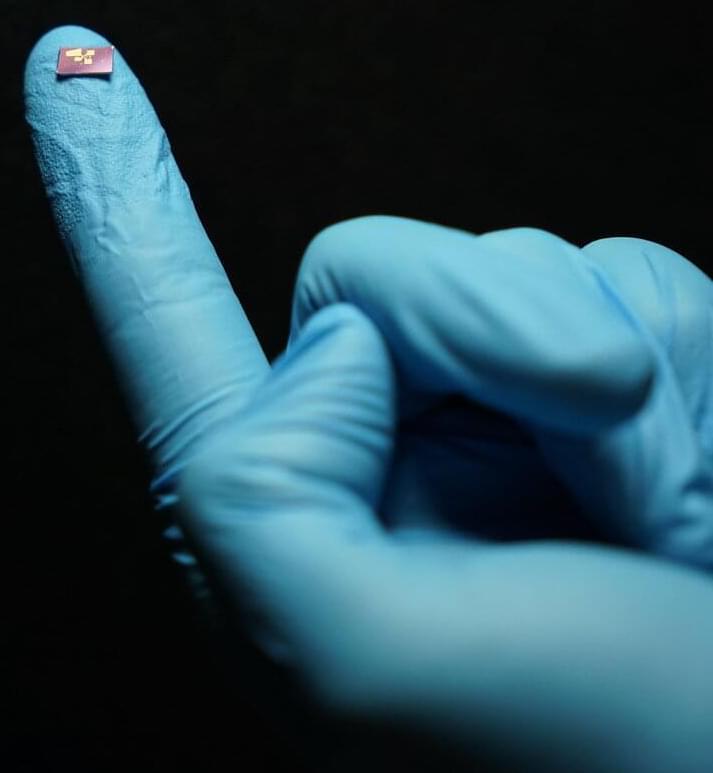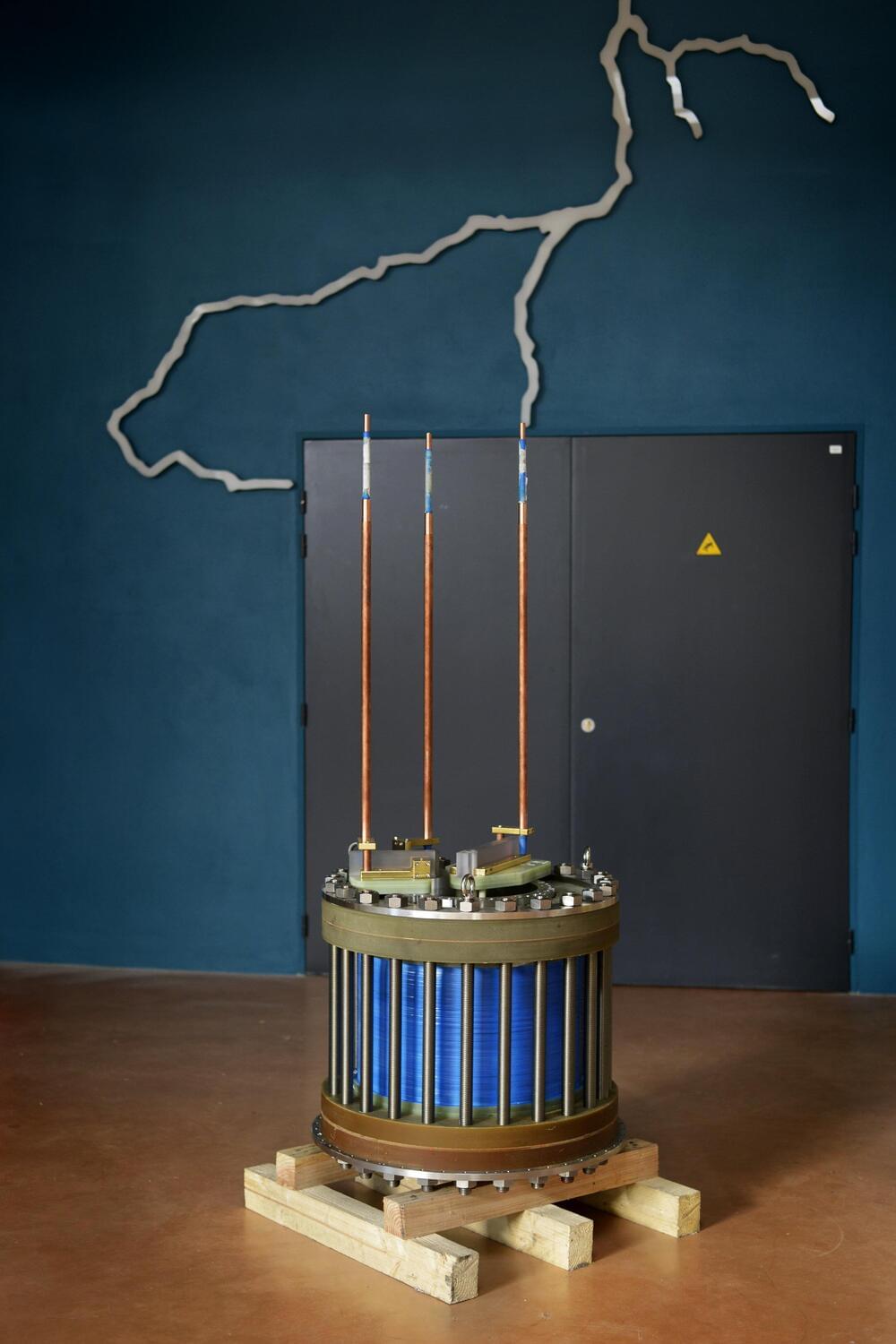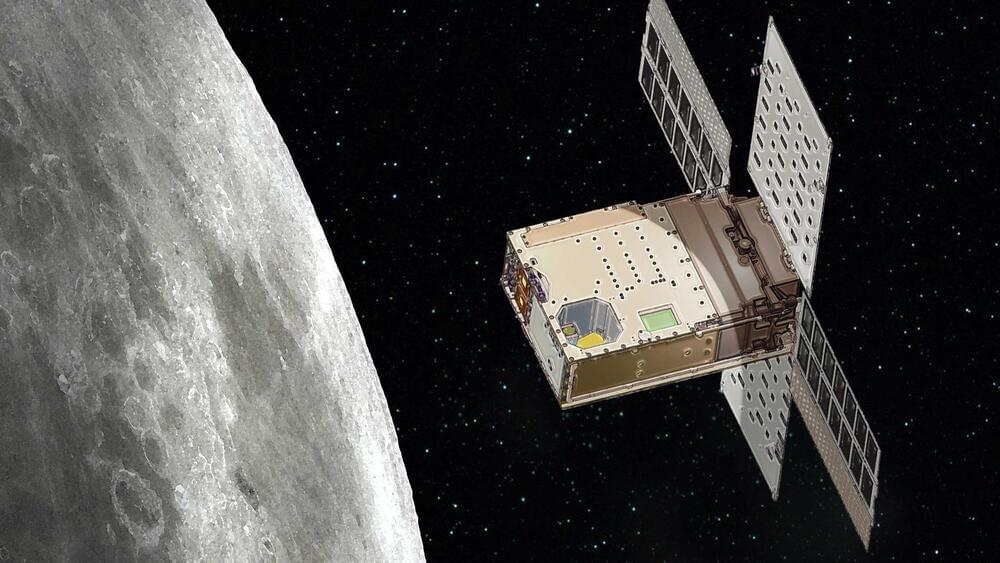Oct 29, 2022
How to manage risk as AI spreads throughout your organization
Posted by Shubham Ghosh Roy in category: robotics/AI
Register now for your free virtual pass to the Low-Code/No-Code Summit this November 9. Hear from executives from Service Now, Credit Karma, Stitch Fix, Appian, and more. Learn more.
As AI spreads throughout the enterprise, organizations are having a difficult time balancing the benefits against the risks. AI is already baked into a range of tools, from IT infrastructure management to DevOps software to CRM suites, but most of those tools were adopted without an AI risk-mitigation strategy in place.
Of course, it’s important to remember that the list of potential AI benefits is every bit as long as the risks, which is why so many organizations skimp on risk assessments in the first place.

